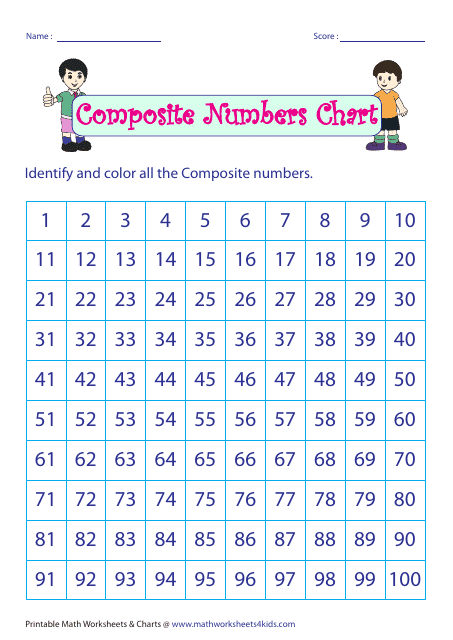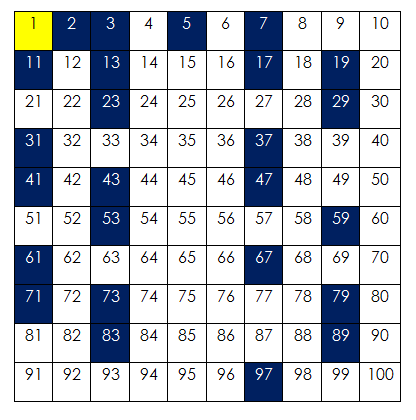

STEP 4: If num is divisible by loop iterator, then increment temp. STEP 3: Iterate a “for” loop from 2 to num/2. (n - 1) ! ≡ (n-1) mod n C Program for Prime Numbers Using For Loop Algorithm to Find Prime Number
Wilson’s Theorem: According to this theorem, a natural number n (where n >1) is said to be a prime number if and only if the following conditions hold true.  Prime Number Theorem: According to this theorem, the probability of a randomly selected number n to be a prime is inversely proportional to the log(n) or the digits in the number n. Fermat’s Little Theorem: According to this theorem, for any prime number n, there lies a number p in the range [1, n) such that,. A number is said to be a semiprime if it can be represented as a product of two prime numbers. Lemoine’s Conjecture: According to this theorem, an odd integer n (where n > 5) can be represented in the form: (odd prime + even semiprime). All even natural numbers can be represented as the sum of two prime numbers. 2 and 3 are the only exceptions that do not lie in this case. You can express all prime numbers in the form of 6k+1 or 6k-1 (where k is a natural number). There is only one pair of consecutive prime numbers i.e. There is only a single even prime number i.e.
Prime Number Theorem: According to this theorem, the probability of a randomly selected number n to be a prime is inversely proportional to the log(n) or the digits in the number n. Fermat’s Little Theorem: According to this theorem, for any prime number n, there lies a number p in the range [1, n) such that,. A number is said to be a semiprime if it can be represented as a product of two prime numbers. Lemoine’s Conjecture: According to this theorem, an odd integer n (where n > 5) can be represented in the form: (odd prime + even semiprime). All even natural numbers can be represented as the sum of two prime numbers. 2 and 3 are the only exceptions that do not lie in this case. You can express all prime numbers in the form of 6k+1 or 6k-1 (where k is a natural number). There is only one pair of consecutive prime numbers i.e. There is only a single even prime number i.e. 
Division & Multiples (2-page worksheet.
 Factors (Prime & Composite Numbers) (3-page worksheet. Skip Counting – By 12 (small marks at 1s, large marks every 12 and no numbers). Skip Counting – By 11 (small marks at 1s, large marks every 11 and no numbers). Skip Counting – By 7, 8, 9, 11, & 12 (small marks at 1s, large marks at intervals and no numbers). Skip Counting – By 2, 3, 4, 5, & 6 (small marks at 1s, large marks at intervals and no numbers). Prime or Composite Game (Alternate Version). Determine whether a given whole number in the range 1 to 100 is prime or composite. Determine whether a given whole number in the range 1 to 100 is a multiple of a given one-digit number. Recognize that a whole number is a multiple of each of its factors. The resources below are similarly aligned.įind all factor pairs for a whole number in the range 1 to 100. The Factors and multiples Chart above is aligned, either partially or wholly, with the standard 4OA04 from the Common Core Standards For Mathematics (see the shortened extract below).
Factors (Prime & Composite Numbers) (3-page worksheet. Skip Counting – By 12 (small marks at 1s, large marks every 12 and no numbers). Skip Counting – By 11 (small marks at 1s, large marks every 11 and no numbers). Skip Counting – By 7, 8, 9, 11, & 12 (small marks at 1s, large marks at intervals and no numbers). Skip Counting – By 2, 3, 4, 5, & 6 (small marks at 1s, large marks at intervals and no numbers). Prime or Composite Game (Alternate Version). Determine whether a given whole number in the range 1 to 100 is prime or composite. Determine whether a given whole number in the range 1 to 100 is a multiple of a given one-digit number. Recognize that a whole number is a multiple of each of its factors. The resources below are similarly aligned.įind all factor pairs for a whole number in the range 1 to 100. The Factors and multiples Chart above is aligned, either partially or wholly, with the standard 4OA04 from the Common Core Standards For Mathematics (see the shortened extract below).








 0 kommentar(er)
0 kommentar(er)
